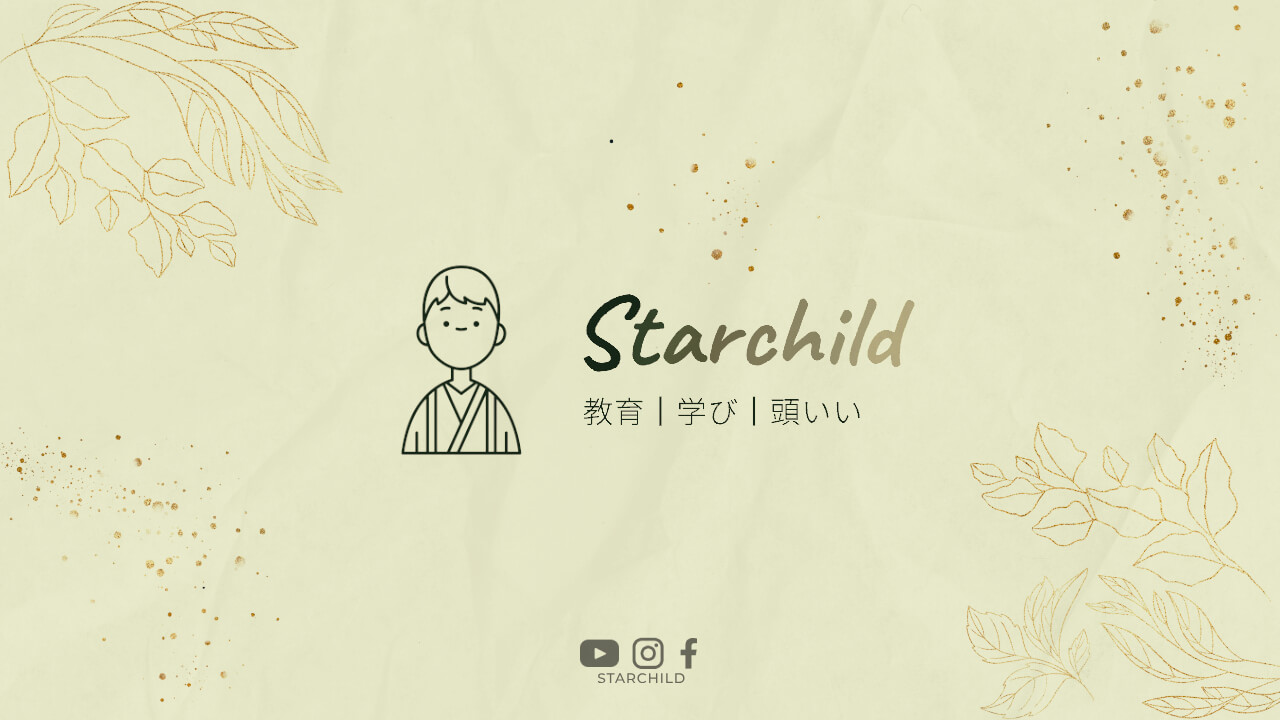As the year comes to an end, one of the most exciting traditions in Japan is sending out nengajo, or New Year’s greeting cards. These cards are sent to friends, family, and colleagues and typically include a photo or illustration. However, for those who have taken their own photos and want to share them with international friends or family, translating the photo caption into English may raise some questions. In this article, we will explore the process of translating your photo captions from Japanese to English and the potential outcomes.
Why Translate Your Photo Captions?
There are a few reasons why you might want to translate your photo captions from Japanese to English. Firstly, it allows you to share your photos with international friends and family who may not understand Japanese. Secondly, it can improve your language skills as you try to express your thoughts in another language. Finally, it can also be a fun challenge and a way to get creative with your captions.
How to Translate Your Photo Captions
When it comes to translating your photo captions, there are a few things to keep in mind. Firstly, consider the context of the photo and the message you want to convey. This will help you choose the right words and phrasing. Secondly, use a reliable translation tool or service to ensure accuracy. Google Translate is a popular option, but it’s important to double-check the translation for any errors or awkward phrasing.
The Potential Outcomes of Translating Your Photo Captions
There are a few potential outcomes when you translate your photo captions from Japanese to English. One possibility is that the translation accurately conveys the intended message and enhances the photo. Another possibility is that the translation is not accurate or does not convey the intended message, which can detract from the photo. Finally, the translation can add a new layer of meaning or interpretation to the photo, which can be interesting and thought-provoking.
Examples of Translated Photo Captions
Let’s take a look at some examples of translated photo captions:
Original Caption: 奈良公園で鹿と一緒に写真を撮りました。
Translation: I took a photo with deer at Nara Park.
In this example, the translation accurately conveys the message of the original caption.
Original Caption: 友達と一緒にカフェで過ごした日。
Translation: The day I spent with my friend at a cafe.
In this example, the translation is accurate but the phrasing is a bit awkward. A more natural-sounding translation might be “A day spent with a friend at a cafe.”
Original Caption: 雪景色の中で撮った写真。
Translation: A photo taken in snowy scenery.
In this example, the translation is accurate but does not fully convey the beauty and atmosphere of the snowy scenery.
Conclusion
Translating your photo captions from Japanese to English can be a fun and rewarding experience, allowing you to share your photos with a wider audience and improve your language skills. However, it’s important to consider the context and message of your photo and use a reliable translation tool or service to ensure accuracy. With the right approach, translating your photo captions can enhance the photos and create new layers of meaning and interpretation.




